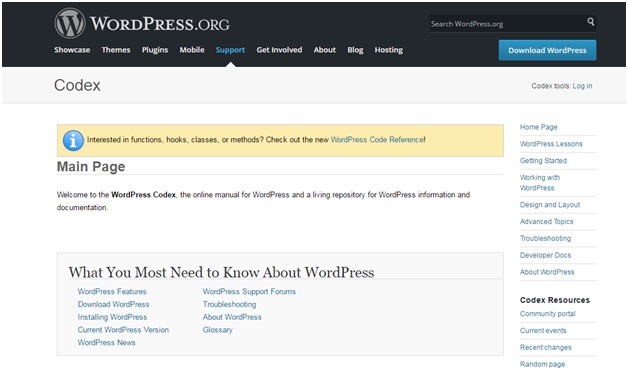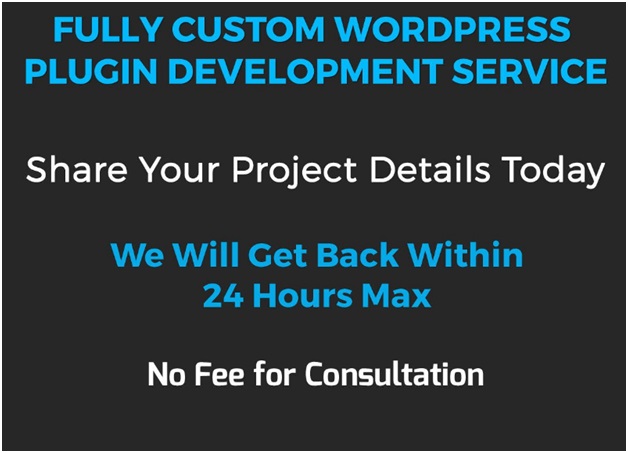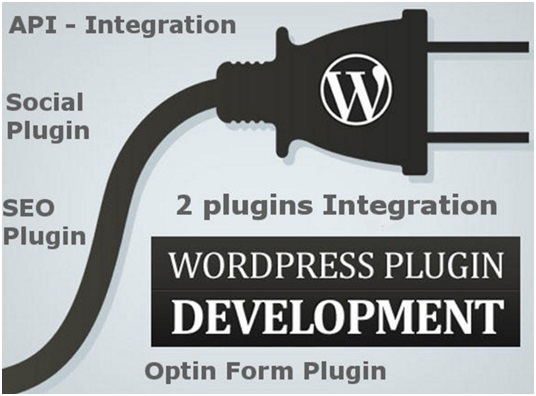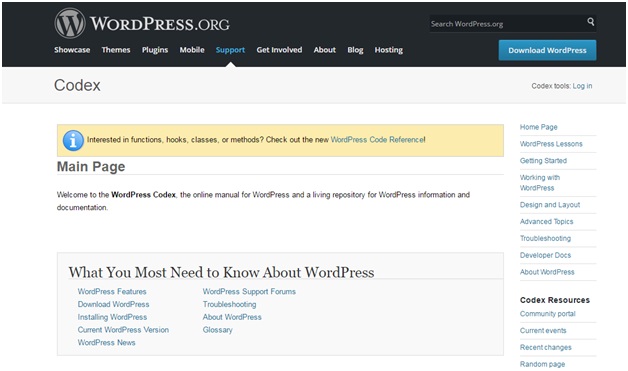Basic Guides to WordPress Plugin Development
One of the most admired content management systems WordPress is presently expected to power 26% of all websites. Due to some features like being highly customizable, easy to use, and completely available for free, it has come to the choice for any project from a simple blog to designing a portfolio.
WordPress is rich in beautiful themes and functional plugins that make the life of your website better. WordPress plugins are vital elements of the WordPress web platform that allow you to extend functionality easily.
Also,
WordPress web developers are free to create their own custom plugins to add new features like specific SEO features, spam combating, image galleries, and more.
So, willing to develop your own WordPress plugin?
Working on your own WordPress plugin might not be too difficult if you are a web developer and enclose basic PHP knowledge. The only thing you require is to hook up with your PHP knowledge, resources, and some information regarding the type of plugin you are interested in creating for a WordPress website.
For your ease, today I have mentioned some WordPress plugin development guidelines which surely make you easier to start with.
Here we proceed:
Best WordPress plugin tutorial to create your own WordPress plugin:
Codex
Writing your own plugin can be challenging until you get some basic knowledge of PHP and some details about the main purpose of the plugin. One of the ideal approaches to learning is to take a glance at the source.
You can start to learn the basics from the official site of WordPress. The plugin guidelines help you from the initial step of plugin development from naming, developing the plugin’s first PHP file, setting up a unique directory for the multifile plugin to use and understand WP hooks template tags, creating an options page, and saving plugin data to the database.

WordPress custom plugin
You can send the details about your project in the WordPress custom plugin. Then, it creates a plugin or updates a present plugin for you. You get the plugin that is totally installation ready, non-branded and contributes your requirement of a compatible version together with the project information.
Also, you will find the WordPress plugin idea well managed earlier than you start with the coding phase. A complete SRS document is made with the client’s confirmation earlier than proceeding towards the development.

Custom WordPress Plugin Development by Alisaleem252
Custom WordPress plugin development by Alisaleem252 is offered by a team of experienced WordPress web developers. They create a customized WordPress plugin compatible with recent versions and other WordPress repository plugins based on your requirement. Employing it you will get a custom widget, shortcode, post type, and reliable service.

Custom WordPress Plugin Development by Section214
WordPress repository covers more than 28,000 free plugins. If you are in trouble finding a suitable plugin or require a complete custom solution, Section 214 comes to your help.
Not like other WordPress developers, they carry out their entire task with debugging enabled to make sure to decrease errors and clean code. The main aim is to offer you the most reliable solution that goes along the development requirements.

Creating WordPress plugin
-
Plugin name
Firstly, you need to think about the main purpose of the plugin and look for unique names for your plugin. Explore the plugins and another repository, it is intended for, and make sure you are picking up a unique name.
Also, you can get help from Google. Most WordPress plugin developers decide on the name and illustrate the main purpose of the plugin.
Also, the plugin name is shown in your Admin panel when you activate it as the URL is kept in the details pane with the plugin panel. Even though it is not necessary to cover the version and information, keeping it surely makes the appearance of your plugin more professional.
-
Plugin files
After that, you need to make PHP files with the name of your selected plugin name. For example, if your plugin name is “Handy function”, you can keep the PHP file as handy-function.php. Then, attempt to select a unique name.
Users who install your plugin can keep the PHP file in the WordPress plugin directory along with their installation. So, they might not use two plugins with a similar file name.
Structure of WordPress structure will illustrate the basic app directory. Within wp-content, you can find a plugin directory where you can keep all your individual plugins which can be single files or properly named sub-directories.
For the plugin with a single .php file, you can choose to keep it directly in the directory. Yet, while starting to develop challenging applications, it is helpful to develop a sub-directory given after your plugin. Along with your PHP function, you can also keep JavaScript, CSS, and HTML.
-
Heading into Filters and Actions
The next concept to mention earlier than proceeding toward the raw code is actions and filters. They are a totally different idea that comes up with deeply in the ways they manipulate plugin data.
These bits of code appear within the WordPress API. Filters and actions let for plugin developers to bring up-to-date bits of code during the WordPress admin panel approaching your new plugin. This indicates you are allowed to include a new tab in the sidebar or extra setting links for your plugin preference.
A filter is mostly employed on a bit of text or data that is used in WordPress. They make able to filter content through your custom functions to update data.
These filters are useful while you write plugin to customize the appearance and experience of your blog. They are usually popular while working on sidebar widgets and small functions to update how the post is presented.
Alike filters, actions do not work on bits of data rather they perform at target pre-defined areas within your template and admin panel.
Some of the lists of actions for pre-defined targeted areas are mentioned below:
- publish_post: when a post is published or the status is updated into “published”
- save_post: when a post is developed from the beginning or updated
- wp_head: When the template is loaded and operated wp_head () function
- loop_end: instantly after the final post is proceeding through the WordPress loop
-
Readme File
If you wish to host your plugin on the site “www.wordpress.org/plugins/”, you have to develop a readme.txt file in a standard format and keep it along with your plugin.
-
Home page
Creating a web page to work as the home page for your WordPress plugin is very crucial. The page must illustrate the different steps to install the plugin along with its purpose and its compatibility with the WordPress version and ways of using the plugin.
-
File headers
Now you can keep some details in your main plugin PHP file. After that, you have to work on standard plugin information and license.
-
Adding final function
In the end, you can add your final function to your plugin file. Here, the API documentation is very precise, providing an outstanding resource for WordPress developers with advanced questions. The materials might look troubling if you do not understand PHP, but you can make some time to understand and start the flow.
Wrapping Up
I hope the article gave you a proper idea on creating your own WordPress plugin. If you are aware of any other resource to create the plugin, do not forget to mention in the comment box below.
Author Bio:
Nirmal is the founder of Nirmal Web Studio and a web developer from Sydney. He is also a copywriter and frequently loves to write about web design stuff.
